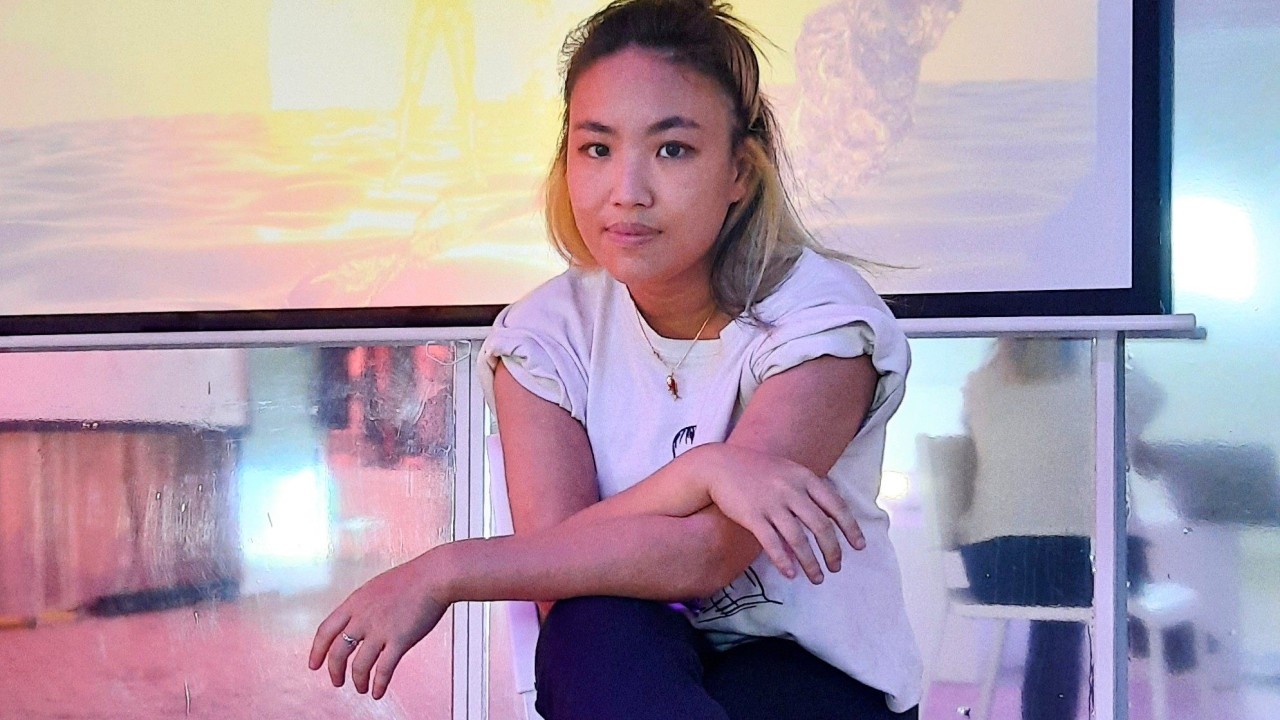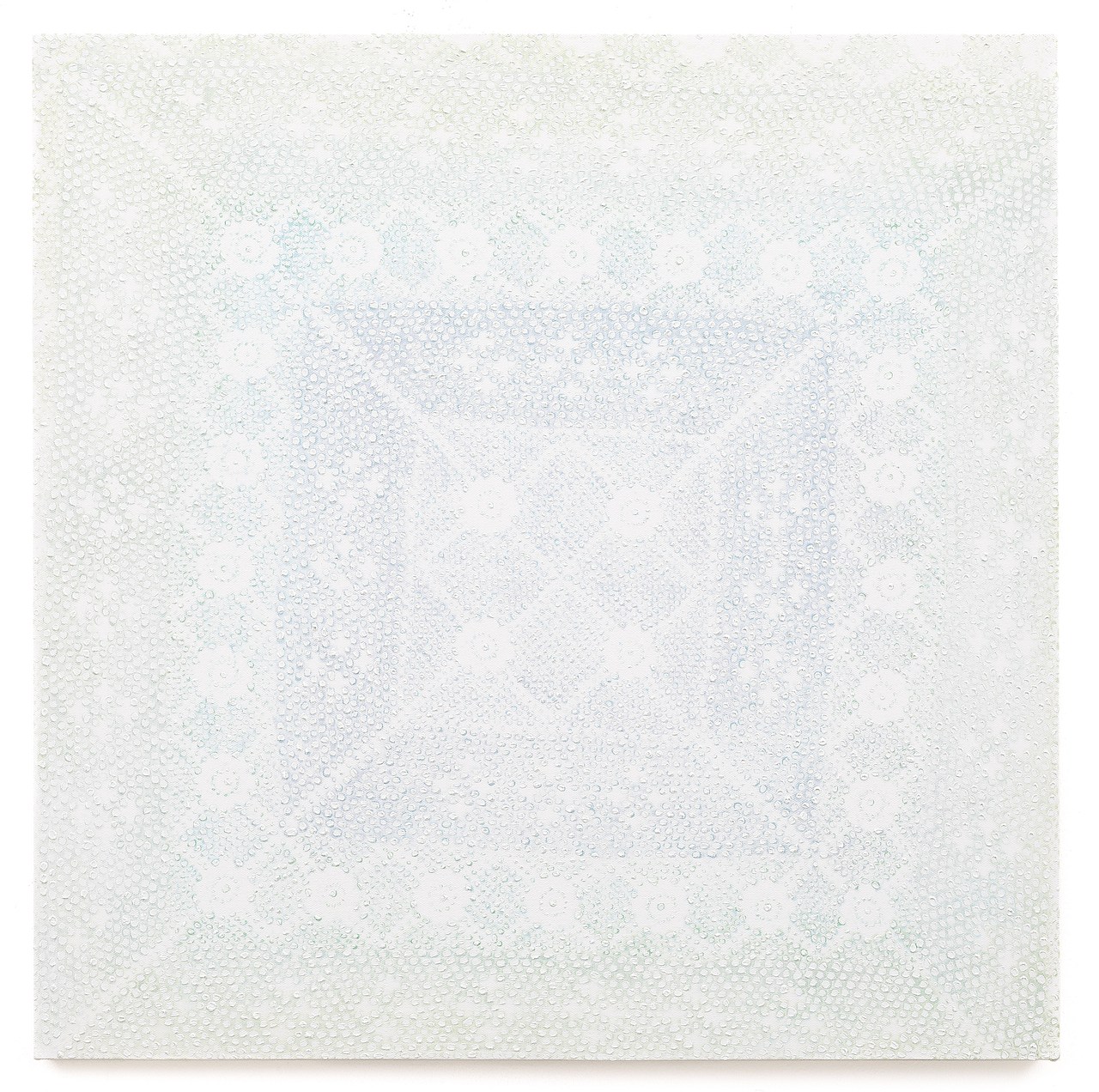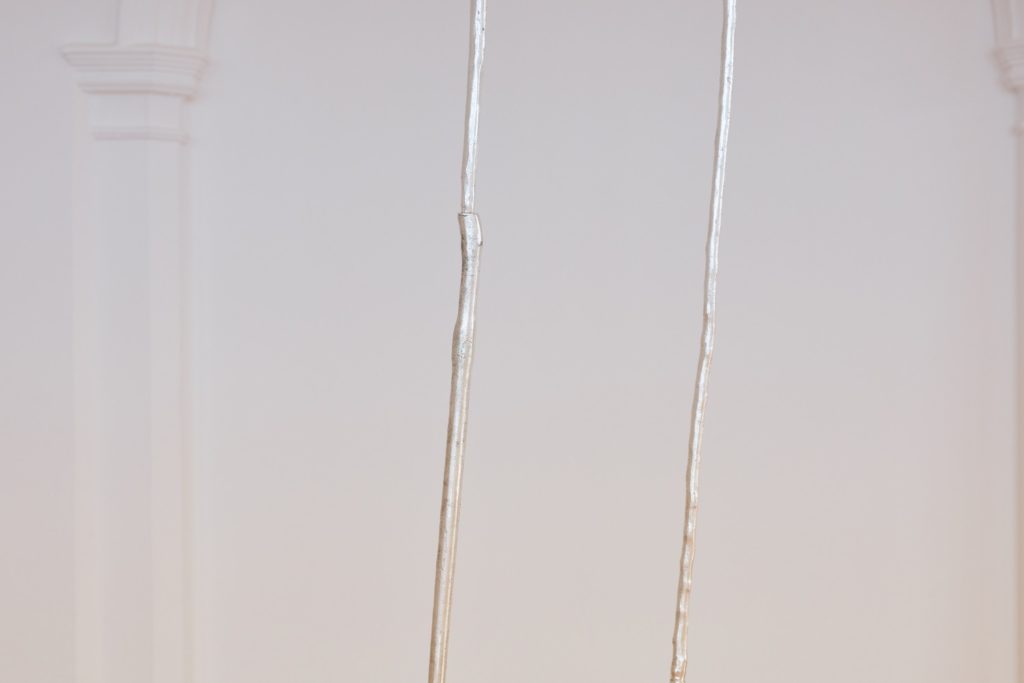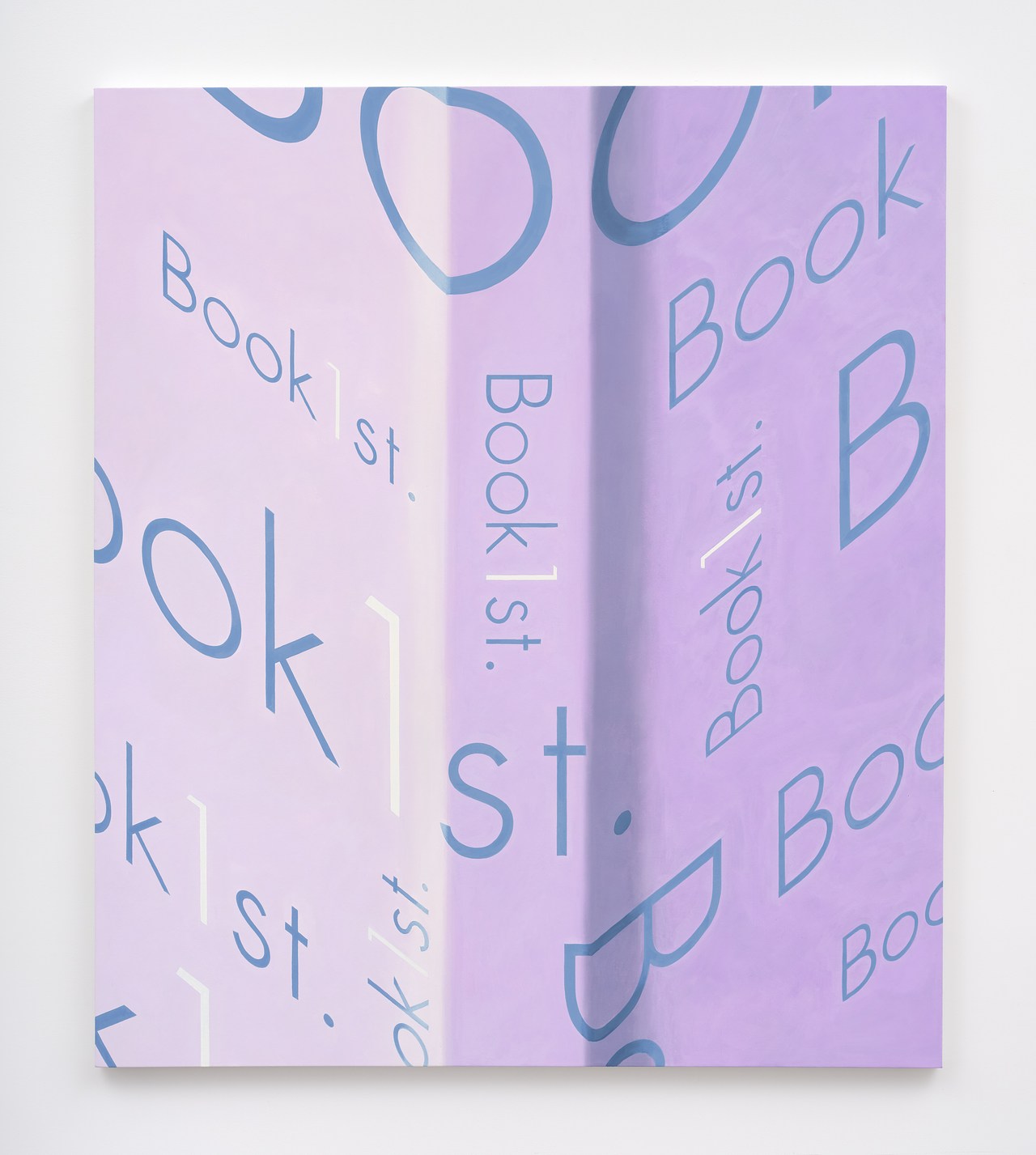Re: definition of architectural project 2
2006 - Painting (Painting)
150 x 250 cm
Marcelo Cidade
Marcelo Cidade interrogates the city, architecture and urban planning. This architectonic drawing proposes modular possibilities, adaptable variations based on the form of the concrete block (a material which is often actually integrated in his practice). The “re-definition” announced in the title is in construction, in process, under development, in flux. The investigation appears incomplete, but potentially infinite, therefore full of potential. This work is like a claim for the competence of artists to contribute to new visions for society, like a hymn to their capacity for imagination within a larger debate. Cidade offers abstract viewpoints on real societal questions to do with housing and propriety development while pointing to an urgent need for revisiting Brazilian history of Modernist architecture and Neoconcretism.
Marcelo Cidade is an artist of situations, if not a Situationist of a new age, as he drifts through city streets around the world creating actions, interventions, films, photographs or drawings. His interests lie in the possibilities of public space and its connection with the private sphere, he resists forms of constraint and moves freely within the human community and through urban environments. Questioning systems and working in the peripheries or interstices allows Cidade poetic freedom in his artistic practice and open engagement with language, art history and politics. In 2005, he wrote “To resist = to (re) exist” 2000 times in downtown São Paulo.
Colors:
Related works sharing similar palette

© » KADIST
Eileen Quinlan
2016Eileen Quinlan’s abstracted images, like Swipe , rely on the manipulation of photographic materials inside the studio itself, and reject the exterior world for complex interrogations of the medium....

© » KADIST
Étienne Chambaud
2010In 2010, Kadist Art Foundation, David Roberts Foundation and Nomas Foundation successively presented an exhibition of the work of Etienne Chambaud in collaboration with Vincent Normand: The Siren’s Stage / Le Stade des Sirènes...

© » KADIST
Meiro Koizumi
2012This video installation was made for the exhibition “Journey to the West” held in January 2012 in New Delhi, where a group of curators invited six Japanese artists to produce a work to be made around the relationship between Japan and India...

© » KADIST
Asli Çavusoglu is in residence at KADIST Paris from February to May 2020 to develop a project based on previous research she conducted on colors, extending her interest for their political histories towards the production of fabrics colored by naturally cultivated and fairly distributed vegetables, fruits and other edible plants...

© » KADIST
Jason Dodge
2007In Algeria, Djidjiga Meffre has woven a fabric with a string, a length equal to the distance from the earth to troposphere...

© » KADIST
Charles Avery
2012Since 2005, Charles Avery has devoted his practice to the perpetual description of a fictional island...

© » KADIST
Daniel Joseph Martinez
2005Martinez’s sculpture A meditation on the possibility… of romantic love or where you goin’ with that gun in your hand , Bobby Seale and Huey Newton discuss the relationship between expressionism and social reality in Hitler’s painting depicts the legendary Black Panther leaders Huey P...

© » KADIST
Arseny Zhilyaev
2014The Bolotnaya Battle Park Complex is the future home for the Museum of Russian History (M...
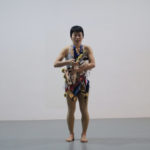
© » ARTS EQUATOR
Transgression, triggers, and the thousand cuts of “Blunt Knife” | ArtsEquator Thinking and Talking about Arts and Culture in Southeast Asia Articles Photo courtesy of the artist June 25, 2019 By Corrie Tan (2,700 words, 13 -minute read) Content Warning: Mentions of a sexual relationship involving a teenager This response contains major spoilers for Blunt Knife by Eng Kai Er and A Doll’s House by Theatre of Europe...

© » KADIST
Margo Wolowiec
2015Wolowiec’s textile work Not This Time (2015) translates pixelated images into sensuous fabric and ink based forms that are at once beautiful in their abstraction and anxiety-ridden in their visualization of a malfunctioning digital world...



